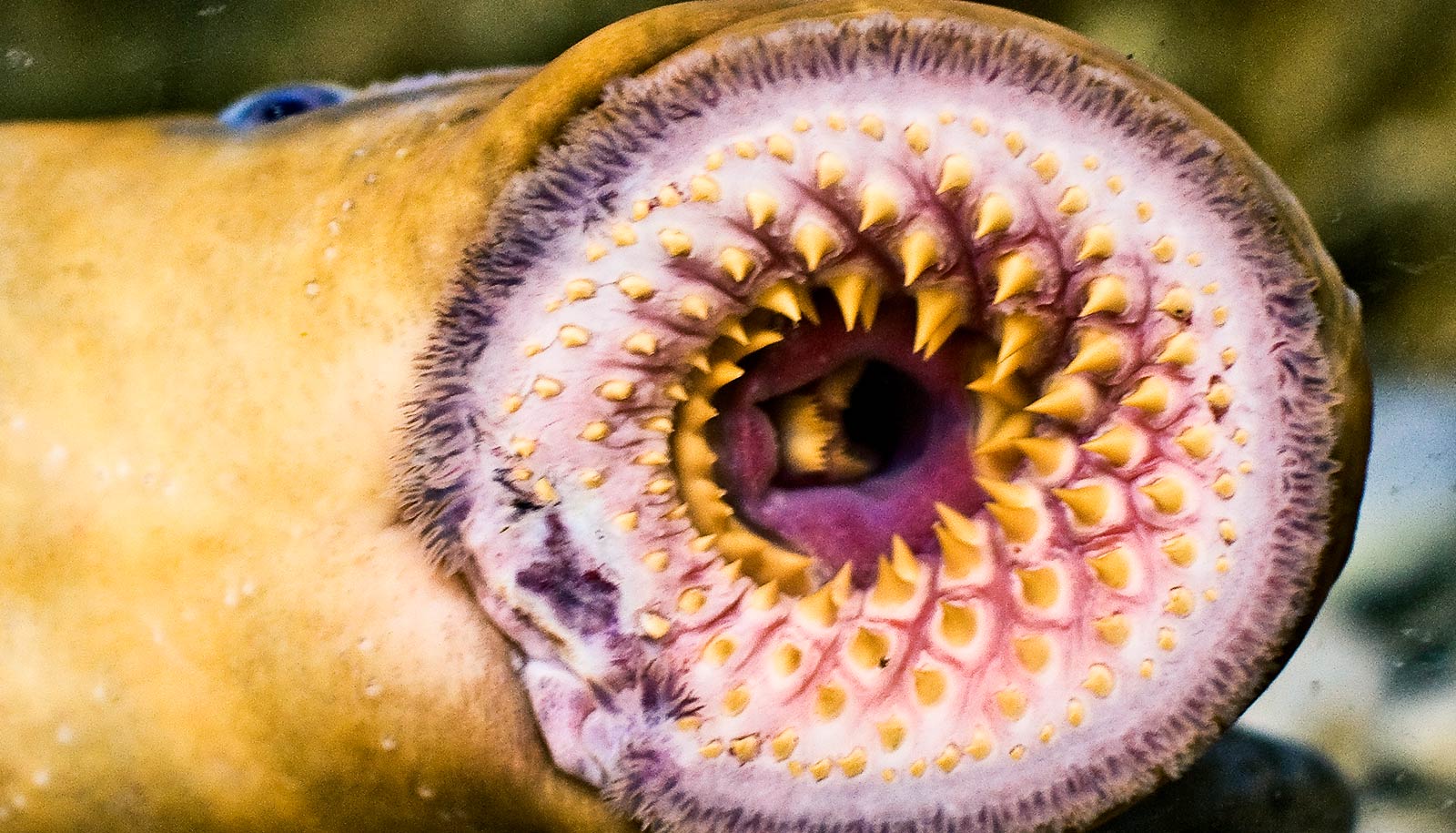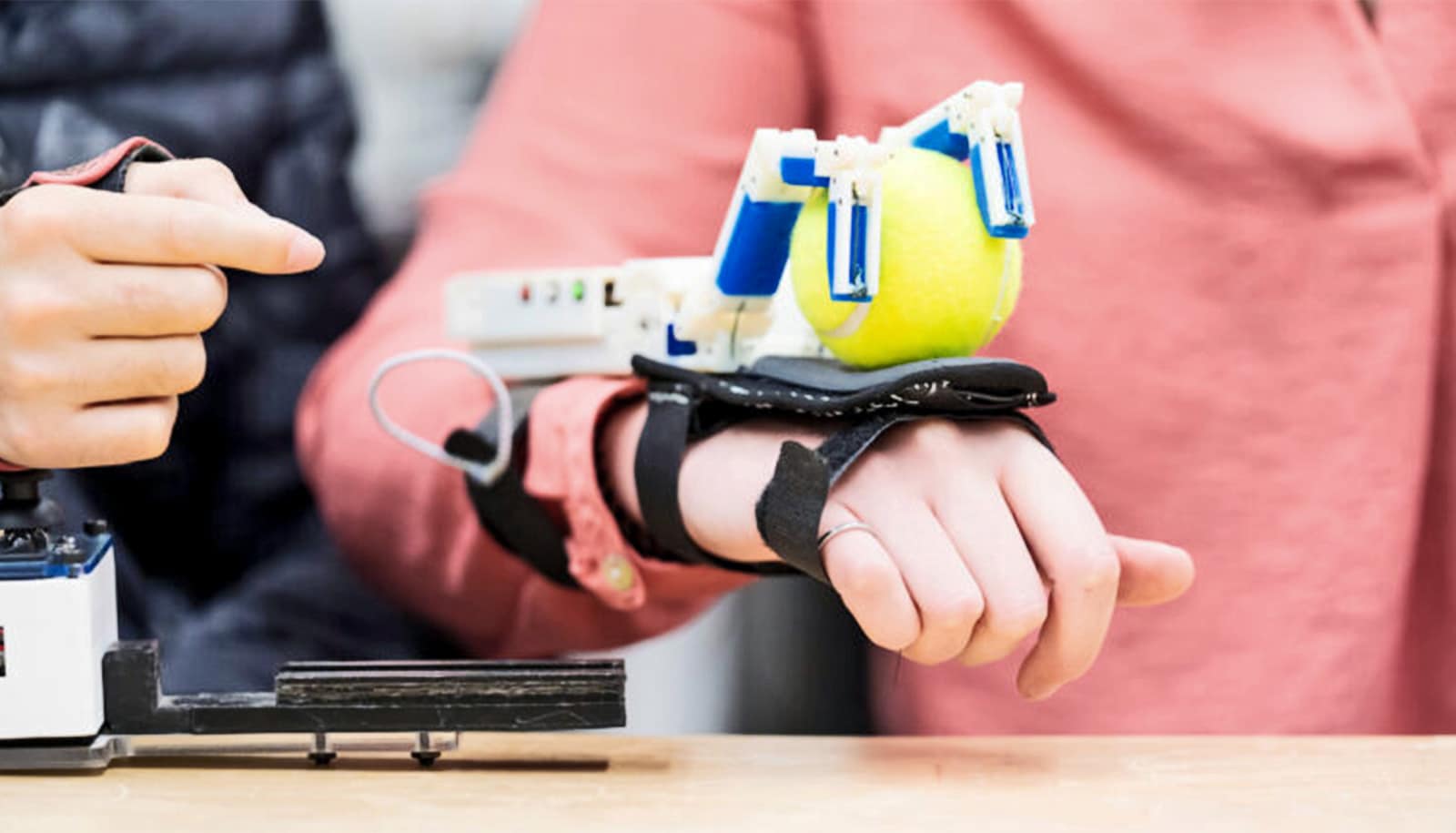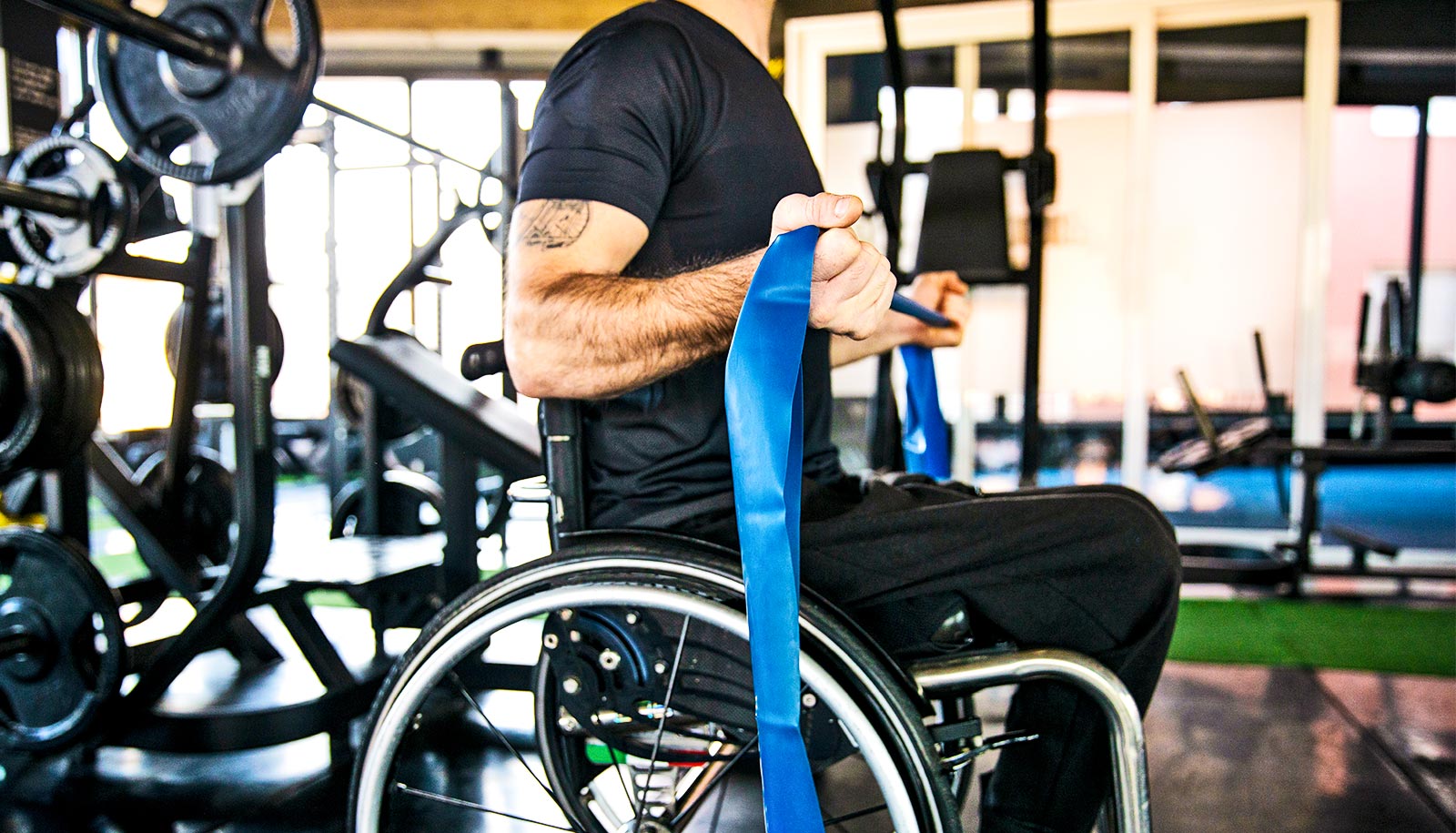Many of the same genes that lampreys have that allow for natural repair of injured spinal cords are also active in the repair of the peripheral nervous system in mammals, including humans, a new study indicates.
The findings are consistent with the possibility that in the long term, the same or similar genes may be harnessed to improve spinal cord injury treatments in people.
“We found a large overlap with the hub of transcription factors that are driving regeneration in the mammalian peripheral nervous system,” says Jennifer Morgan, director of the Marine Biological Laboratory at the University of Chicago.
Lampreys are jawless, eel-like fish that shared a common ancestor with humans about 550 million years ago. The study, which appears in Nature Scientific Reports, arose from discovering that a lamprey can fully recover from a severed spinal cord without medication or other treatment.
“They can go from paralysis to full swimming behaviors in 10 to 12 weeks,” Morgan says.
“Scientists have known for many years that the lamprey achieves spontaneous recovery from spinal cord injury, but we have not known the molecular recipe that accompanies and supports this remarkable capacity,” says Ona Bloom of the Feinstein Institute for Medical Research and the Zucker School of Medicine at Hofstra/Northwell, who is a former MBL Whitman Center fellow.
“In this study, we have determined all the genes that change during the course of recovery and now that we have that information, we can use it to test if specific pathways are actually essential to the process,” Bloom says.
Nanoparticle injection could cut damage after spine injury
The researchers followed the lampreys’ healing process and took samples from the brains and spinal cords at multiple points in time, from the first hours after injury until three months later when they were healed and then analyzed the material to determine which genes and signaling pathways were activated as compared to a non-injured lamprey.
As expected, they found many genes in the spinal cord that change over time with recovery. Further, somewhat unexpectedly, they also discovered a number of injury-induced gene expression changes in the brain.
“This reinforces the idea that the brain changes a lot after a spinal cord injury,” Morgan says. “Most people are thinking, ‘What can you do to treat the spinal cord itself?’ but our data really support the idea that there’s also a lot going on in the brain.”
They also discovered that many of the genes associated with spinal cord healing are part of the Wnt signaling pathway, a set of proteins that play a role in tissue development.
‘Knit’ severed spinal cords with graphene ribbons
“Furthermore, when we treated the animals with a drug that inhibits the Wnt signaling pathway, the animals never recovered their ability to swim,” Morgan says. Future research will explore why the Wnt pathway seems particularly important in the healing process.
Jeramiah Smith of the University of Kentucky and Joseph Buxbaum of the Icahn School of Medicine at Mount Sinai, both former Whitman Center fellows, collaborated on the study.
Source: University of Chicago



